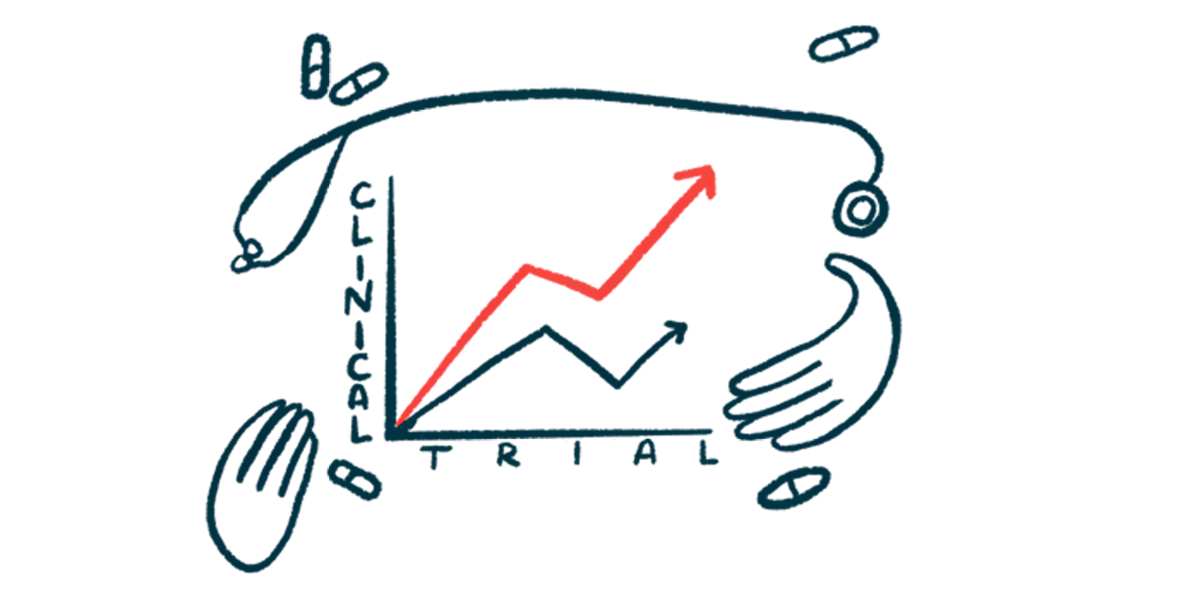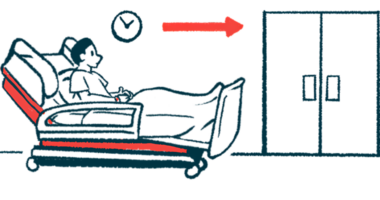Patients pick Medtronic adaptive DBS over traditional technology
ADAPT-PD Parkinson's trial also finds BrainSense safe, effective

Parkinson’s disease patients in a clinical trial preferred Medtronic’s BrainSense adaptive deep brain stimulation (aDBS) technology — which automatically adjusts stimulation in response to brain signals — to traditional continuous DBS therapy.
The ADAPT-PD (NCT04547712) study also found that BrainSense was safe and effective, and that it increased patients’ time with steady motor control and reduced periods when symptoms felt undertreated compared with traditional DBS.
The study, “Long-Term Personalized Adaptive Deep Brain Stimulation in Parkinson Disease: A Nonrandomized Clinical Trial,” was published in JAMA Neurology.
“This publication marks another milestone for the Parkinson’s community,” Scott Stanslaski, a senior distinguished engineer at Medtronic and one of the inventors of BrainSense, said in a company press release. “We’ve known that adaptive deep brain stimulation holds the potential to personalize care in powerful new ways—this study now offers compelling clinical evidence to reinforce what we’ve seen in real-world use.”
U.S. and European regulators approved Medtronic’s aDBS system earlier this year.
Overtreatment, undertreatment
Parkinson’s is a chronic, neurodegenerative condition that causes brain signaling to go awry, leading to motor and nonmotor symptoms. While several Parkinson’s treatments can help manage symptoms, there isn’t yet a cure.
One approach is DBS, which involves implanting electrodes in specific brain regions to deliver controlled electrical pulses. By modulating nerve cell activity, DBS can help relieve symptoms for many people, especially when used alongside medications like levodopa.
Standard DBS electrodes use continuous DBS, or cDBS, which delivers stimulation constantly. “For some people with [Parkinson’s] receiving combined cDBS plus medication, this results in overtreatment when medications are at their peak dose and undertreatment when medications are wearing off,” the researchers wrote.
Adaptive DBS may overcome these challenges by tailoring stimulation depending on underlying brain activity. The device can deliver less stimulation when motor symptoms are under control, and adapt it when necessary.
BrainSense offers two aDBS modes: single threshold (ST-aDBS) and dual threshold (DT-aDBS). In ST-aDBS, the system continuously monitors brain activity and compares it to a single preset threshold: when activity exceeds the threshold, stimulation increases; when it falls below, stimulation decreases.
In DT-aDBS, two thresholds are defined (upper and lower), and two stimulation levels are used: stimulation ramps up only when activity crosses the upper threshold, stays at a moderate level when activity lies between thresholds, and decreases if it falls below the lower threshold.
The ADAPT-DBS trial tested cDBS against ST-aDBS and DT-aDBS in 68 Parkinson’s patients. Participants had a mean age of 62.2, and 70.6% were men. All participants had been implanted with Medtronic DBS electrodes and were receiving cDBS.
In the first portion of the study, the researchers measured the efficacy of cDBS. Then, they set up and adjusted aDBS to determine appropriate settings, including individualized single and dual thresholds. About 4% of participants didn’t tolerate either mode of aDBS during this period.
The remaining 45 participants proceeded to the evaluation phase for ST-aDBS, DT-aDBS, or both. Based on tolerance, 40 received DT-aDBS, and 35 received ST-aDBS for about 30 days per mode.
During this evaluation, participants tracked on time — periods during which treatment adequately controlled motor symptoms — and off time, when treatment was not optimal and symptoms returned. For 95% of participants receiving DT-aDBS and 87% of those receiving ST-aDBS, on time was not worse than with cDBS.
DT-aDBS led to clinically meaningful increases in on time and decreases in off time, averaging 1.3 additional hours of on time and 1.6 fewer hours of off time. On time and off time were similar with ST-aDBS compared with cDBS.
After the evaluation period, researchers asked participants to choose a DBS mode for long-term therapy. All but one participant (97.8%) opted to continue in an adaptive mode — 27 with DT-aDBS and 17 with ST-aDBS — for an additional 10 months.
”I never imagined I’d feel this level of freedom again.”
The results demonstrate “a major advancement in managing the day-to-day realities of Parkinson’s disease,” said Stanford Medicine neurology professor Helen Bronte-Stewart, MD, a principal investigator on the trial and the study’s lead author.
Generally, aDBS was safe and well tolerated. The side effect people reported most often was a temporary worsening of Parkinson’s symptoms.
“Living with Parkinson’s for years, I never imagined I’d feel this level of freedom again,” said Deb, a trial participant at the University of California, San Francisco. “I stopped thinking about my disease every minute of the day.”
The study design resulted in certain limitations, according to the researchers. Participants knew whether they were receiving aDBS or cDBS, potentially affecting findings. However, the high proportion of participants who chose to continue with aDBS for long-term treatment and the long duration of treatment “are encouraging for future clinical use in [Parkinsons],” the researchers wrote.
“These results validate over a decade of development, collaboration with internal and external experts in Parkinson’s disease, and perseverance, while strengthening our confidence in aDBS as the next evolution of therapy for people with Parkinson’s,” Stanslaski said.







